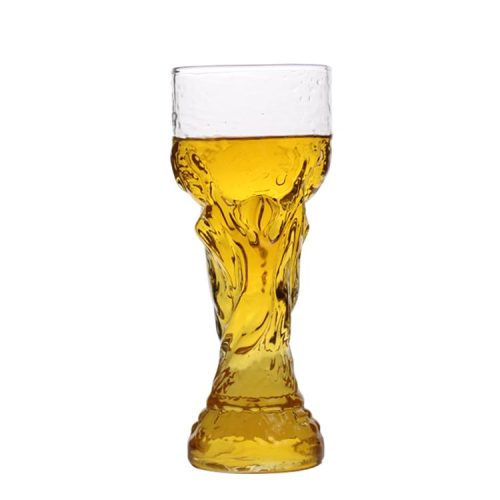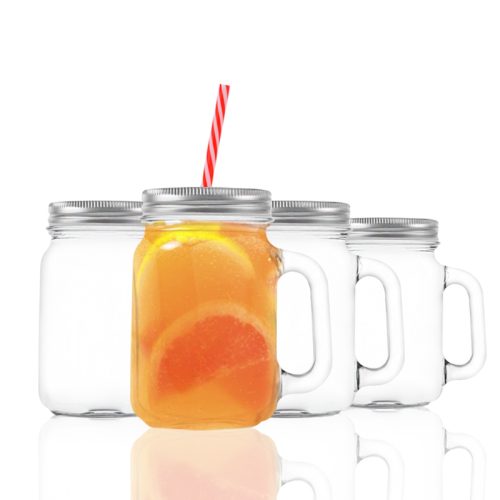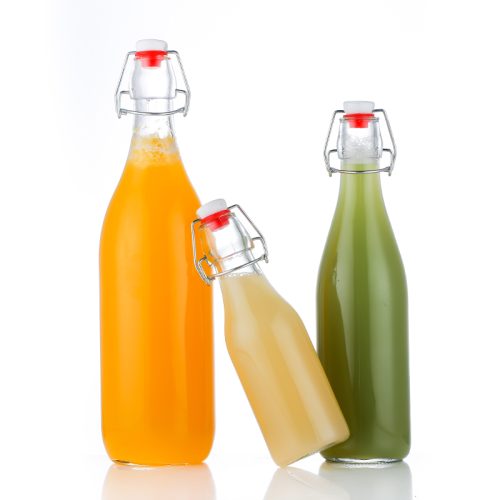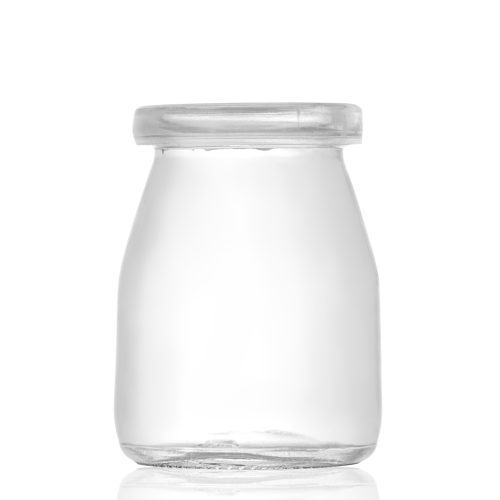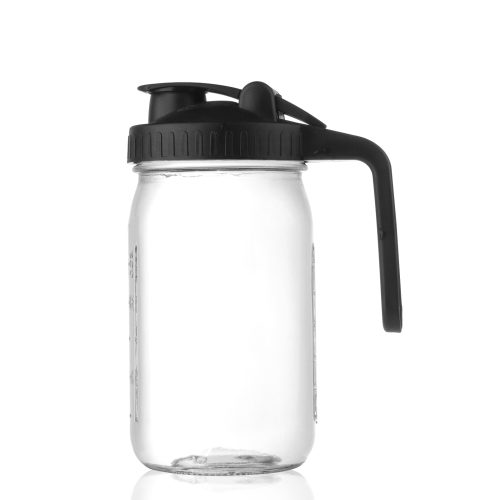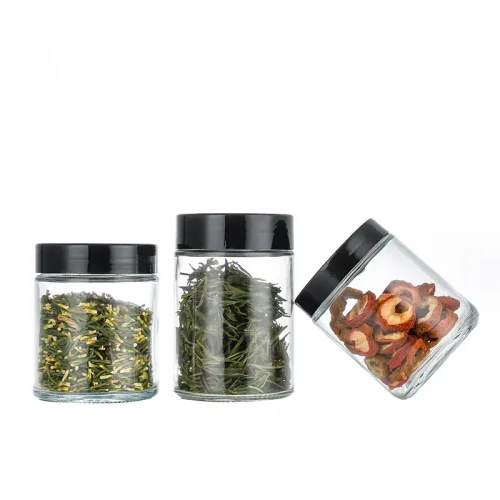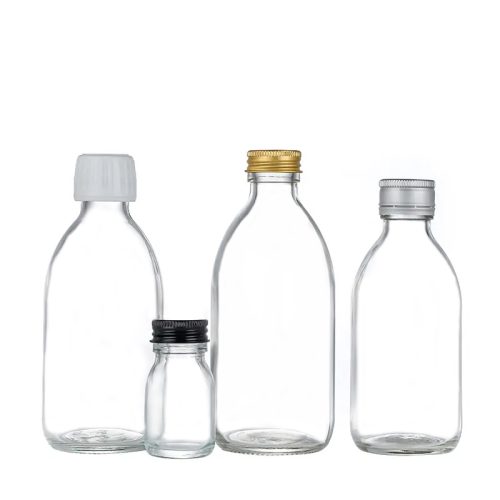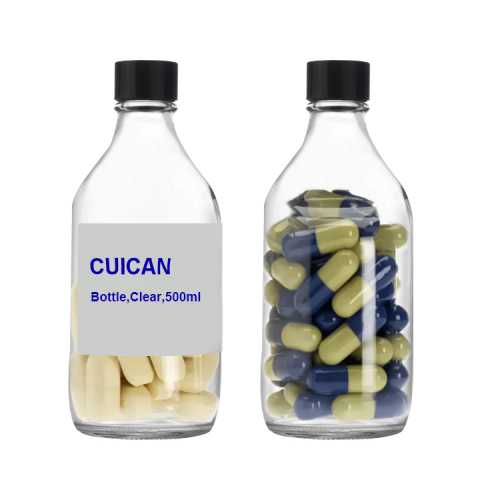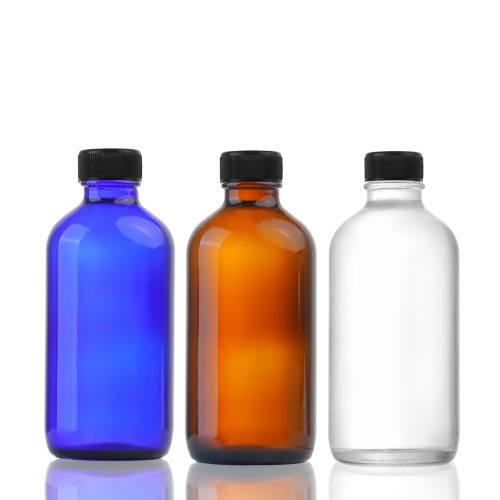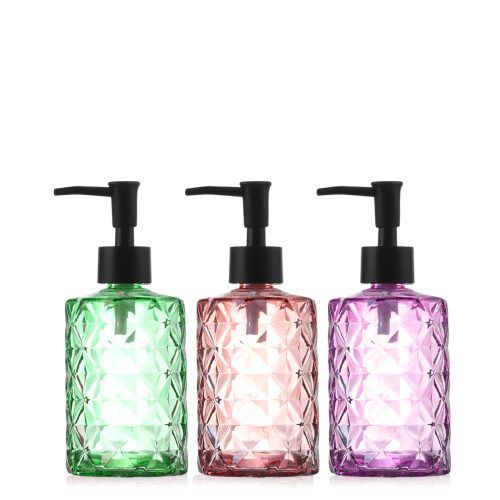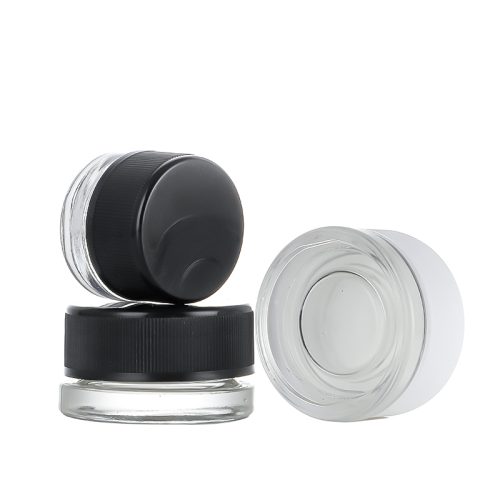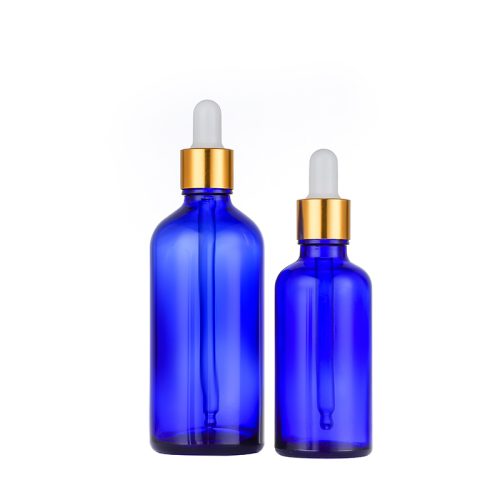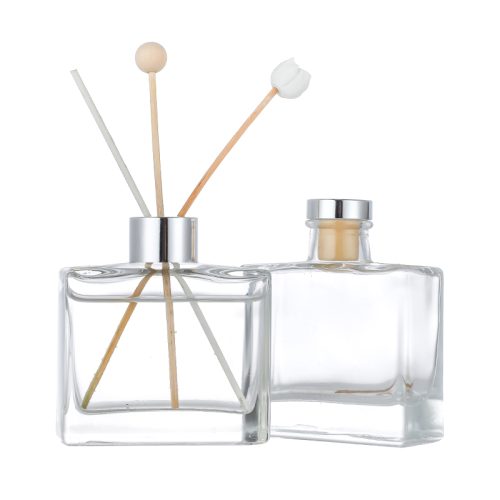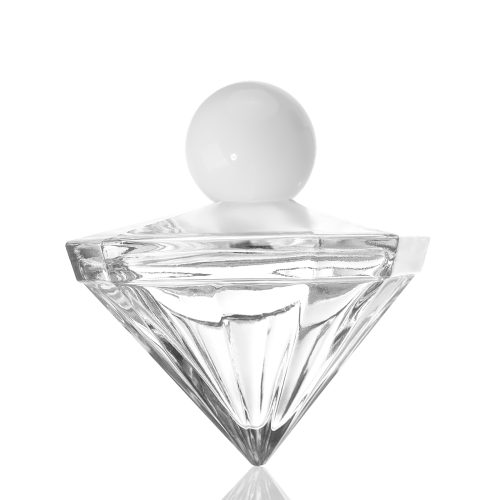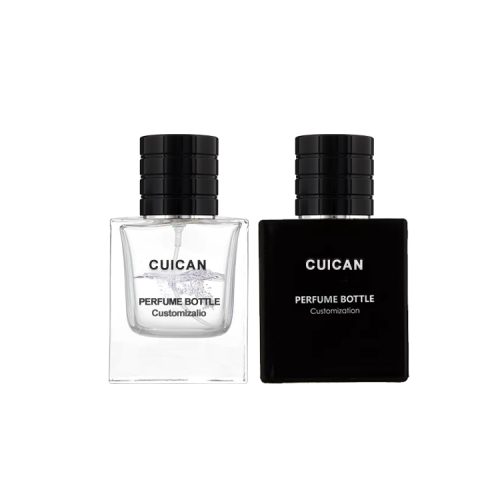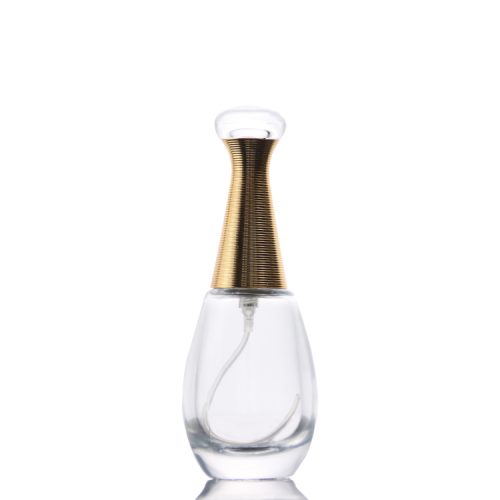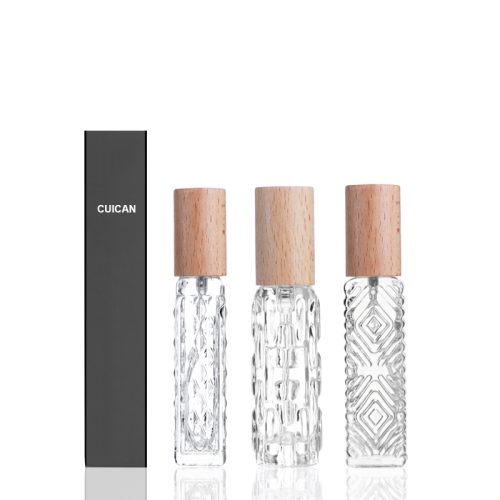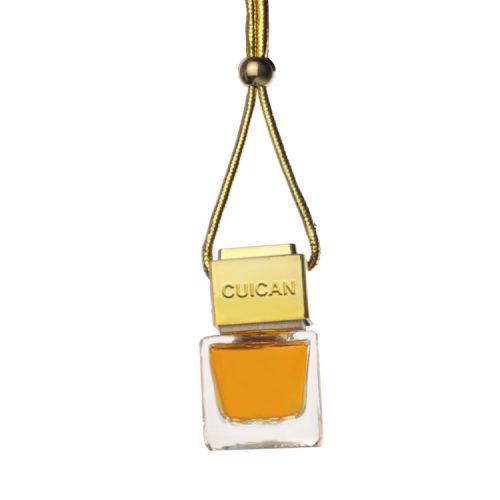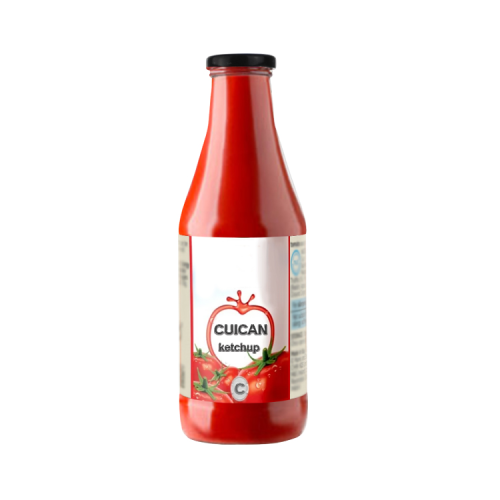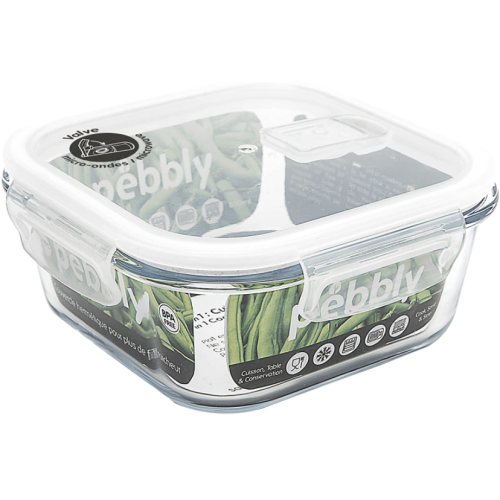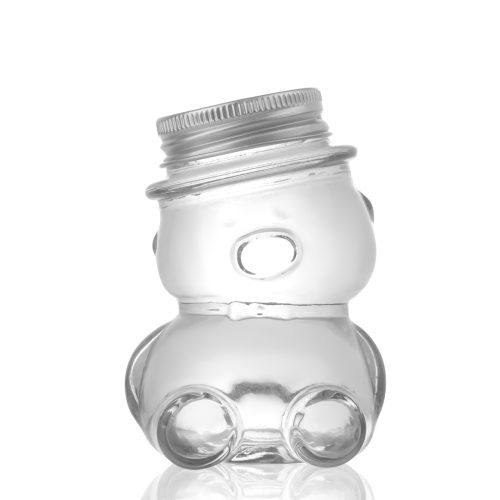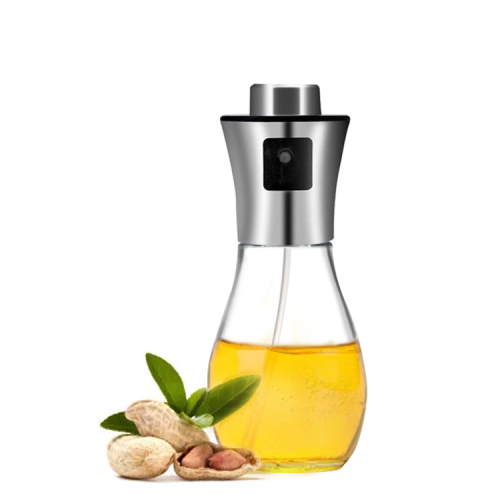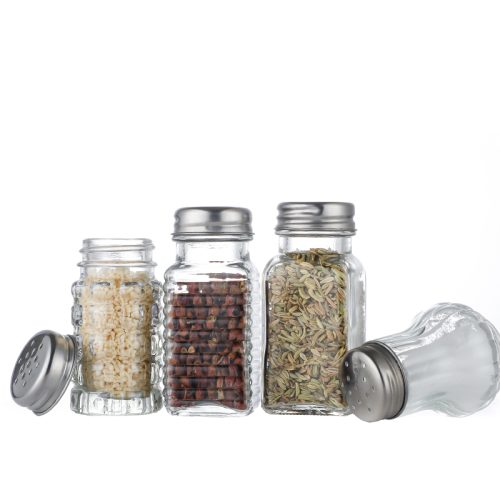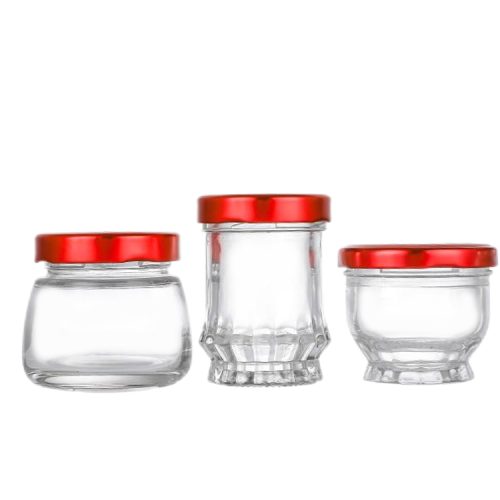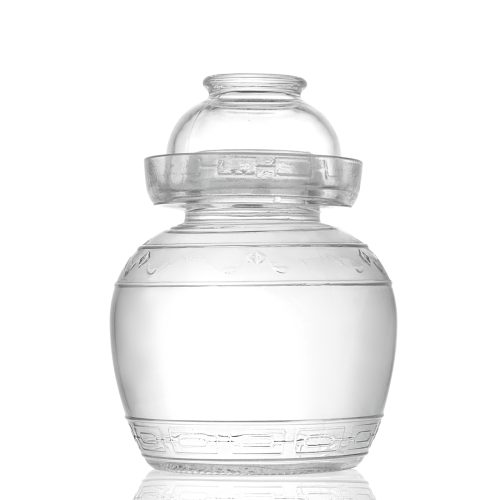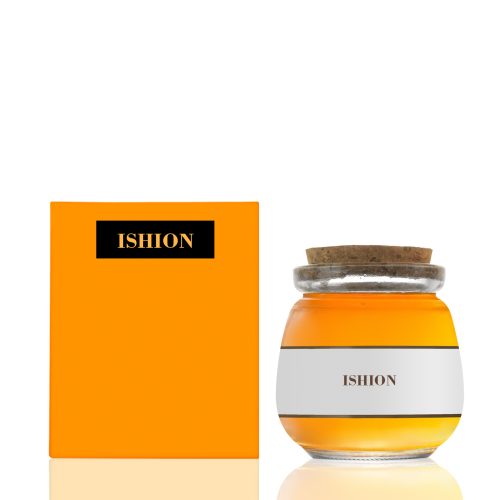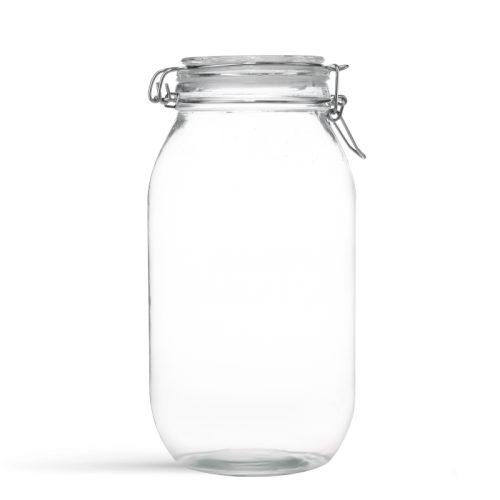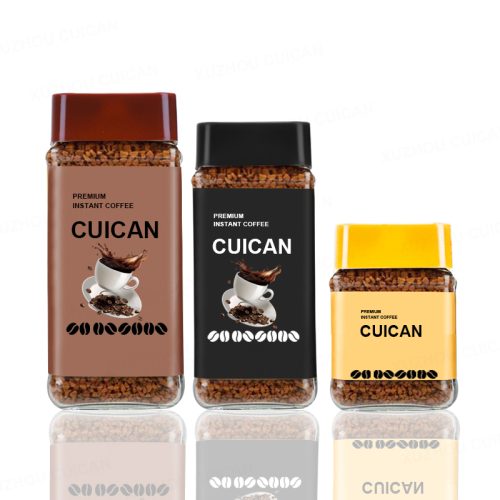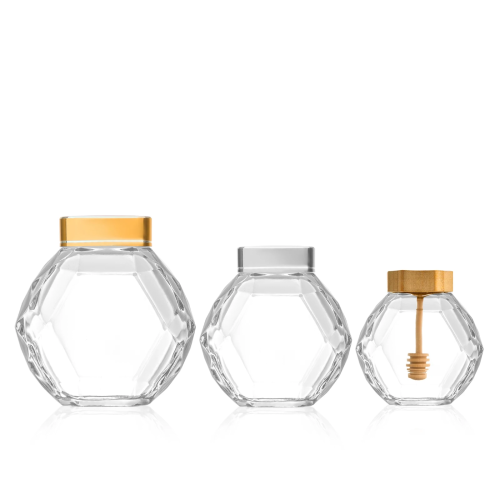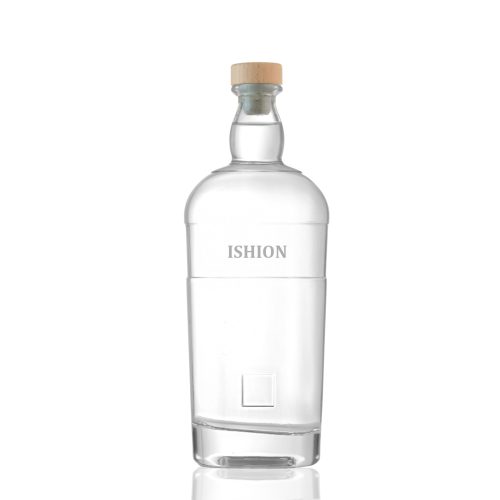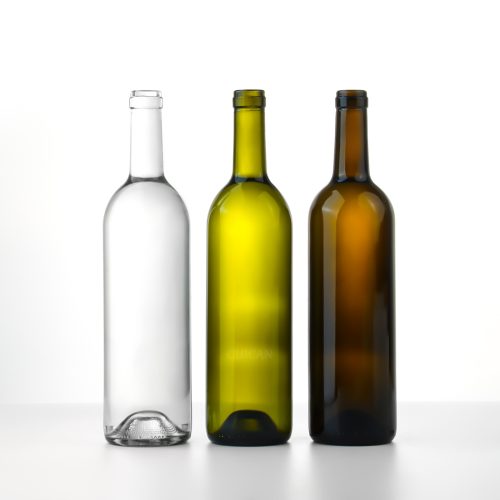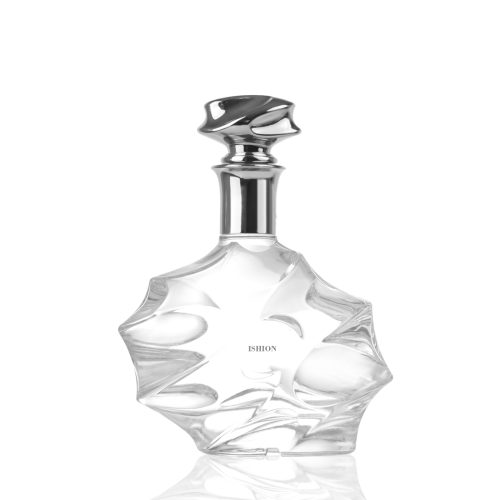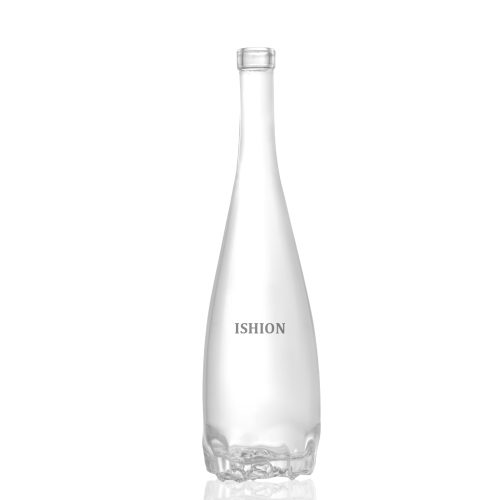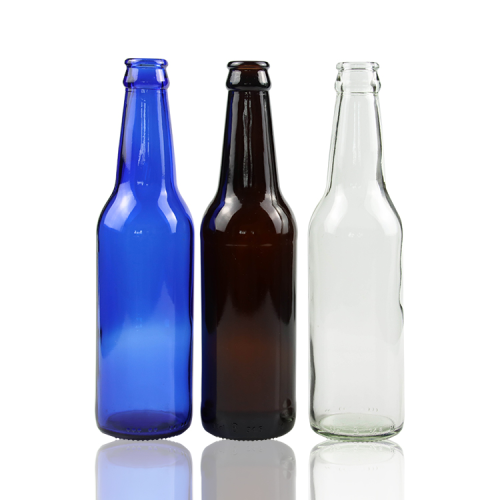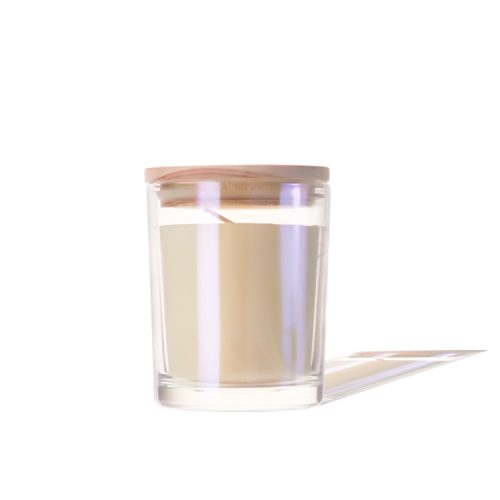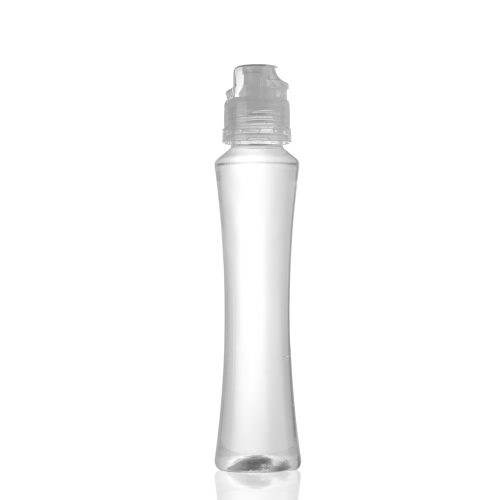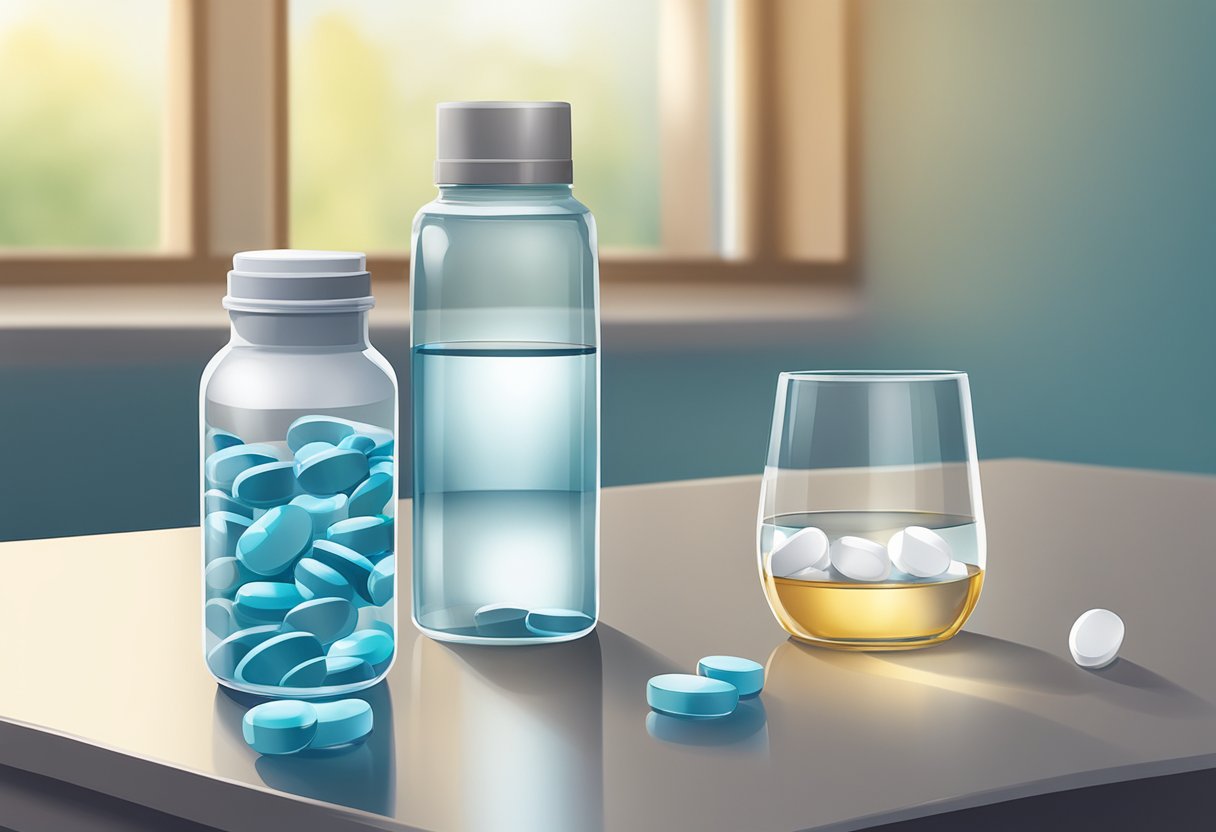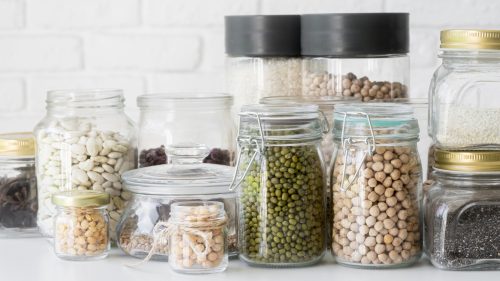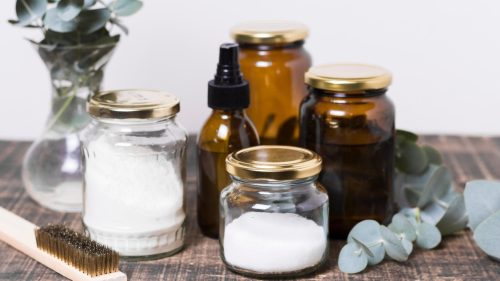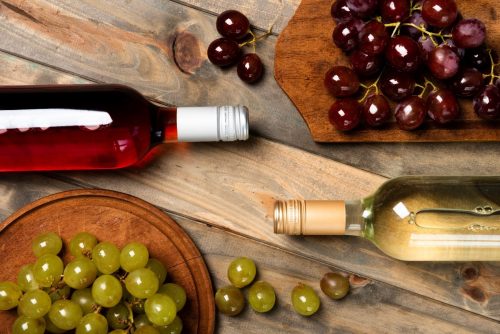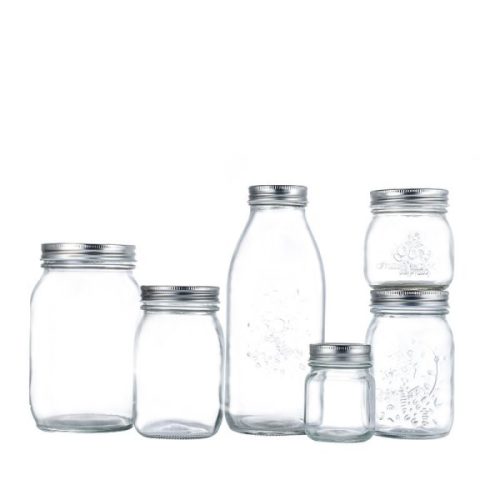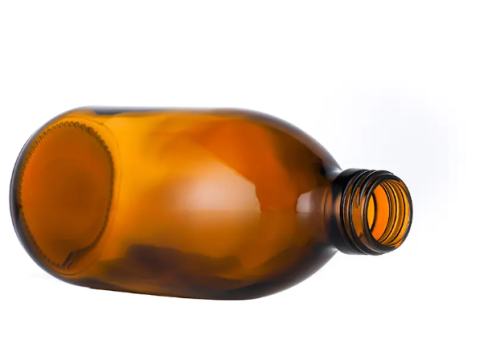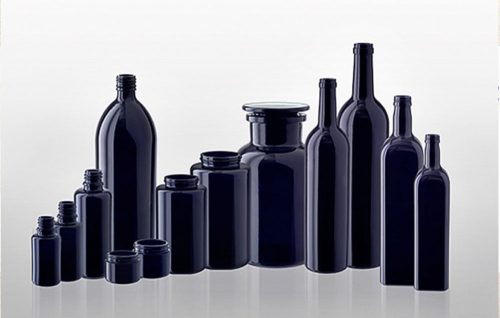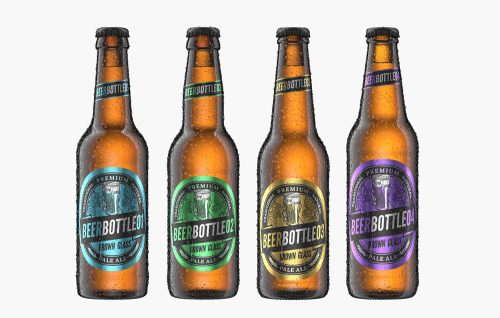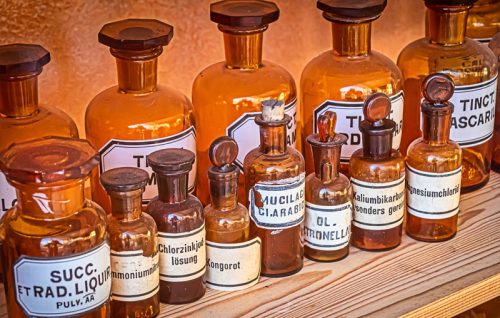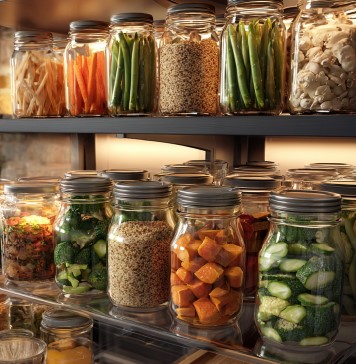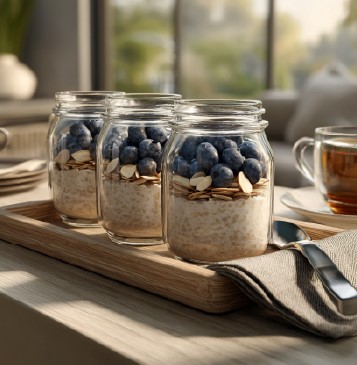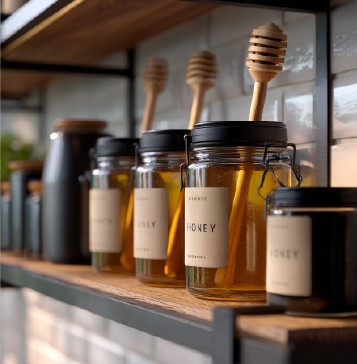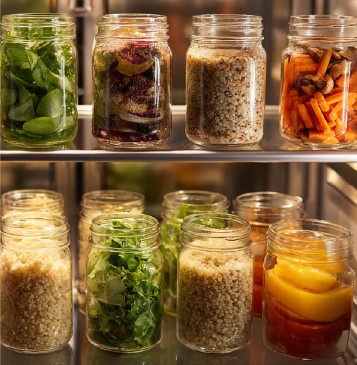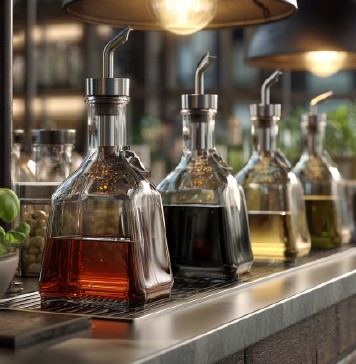-
Arabic
-
English
-
French
-
Malagasy
-
Portuguese
-
Russian
-
Spanish
-
Thai
One of the key benefits of pill glass bottles is that they are tamper-evident, meaning that they provide a clear indication if the bottle has been opened or tampered with. This is an important feature for medication safety, as it helps to prevent accidental or intentional contamination of the medication. Additionally, the use of glass bottles can help to reduce the environmental impact of medication use, as they can be recycled and reused multiple times. Overall, pill glass bottles are a reliable and sustainable option for medication storage and dispensing.
Table of contents packafill
1 History of Pill Glass Bottles
5 Environmental Impact and Recycling
History of Pill Glass Bottles

Pill glass bottles have been in use for over a century, and their design has undergone significant changes over time. The first pill glass bottles were introduced in the early 1900s and were primarily used for storing medications that were dispensed by pharmacists.
Initially, these bottles were made of clear glass and had a simple design with a cork stopper. However, as the demand for medication increased, so did the need for better packaging. This led to the development of amber glass bottles, which were able to protect medication from harmful UV rays and other environmental factors.
In the 1950s, plastic pill bottles were introduced, and they quickly gained popularity due to their lightweight and shatterproof nature. However, glass pill bottles continued to be used in the pharmaceutical industry due to their ability to maintain the integrity of medication and their durability.
Today, pill glass bottles are still widely used in the pharmaceutical industry, and they come in a range of sizes and designs to suit different medication needs. They are also often used for storing supplements, vitamins, and other health-related products.
Overall, the history of pill glass bottles is a testament to the importance of packaging in the pharmaceutical industry. The evolution of pill glass bottles has helped to ensure that medication is stored safely and securely, and that it remains effective over time.
Design and Materials

Material Composition
Pill glass bottles are typically made of high-quality glass that is resistant to breakage and shattering. The glass used in pill bottles is usually made from soda-lime glass, which is a type of glass that is commonly used in the packaging industry due to its durability and affordability. This type of glass is also known for its ability to withstand high temperatures and resist chemical reactions with the contents of the bottle.
In addition to the glass, pill bottles are also equipped with a variety of other materials to ensure their safety and functionality. For example, most pill bottles come with a child-resistant cap that is designed to prevent children from accidentally ingesting the contents of the bottle. These caps are typically made of polypropylene or other durable plastics that are resistant to wear and tear.
Standard Sizes and Shapes
Pill bottles come in a variety of sizes and shapes to accommodate different types of medications and dosages. The most common sizes for pill bottles are 60cc, 90cc, and 120cc, though larger sizes are also available. The shape of the bottle can also vary, with some bottles being round and others being oval or rectangular.
The size and shape of the bottle can have an impact on its functionality and ease of use. For example, a larger bottle may be more difficult to carry around, but it may be necessary for medications that need to be taken in larger doses. Similarly, a bottle with a wider opening may be easier to fill and dispense, but it may also be more prone to spills and contamination.
Overall, the design and materials used in pill glass bottles are carefully chosen to ensure their safety, functionality, and ease of use. By choosing the right size and shape, and using high-quality materials, pill bottles can help ensure that medications are stored and dispensed safely and effectively.
Manufacturing Process
Molding Techniques
The manufacturing process of pill glass bottles involves several molding techniques. The first step in the process is the preparation of the glass material. The glass is melted at high temperatures and then poured into molds of different sizes and shapes. The molds are designed to create the desired shape and size of the bottle.
Once the glass has been poured into the mold, it is then allowed to cool and harden. This process is known as annealing, and it is essential to ensure that the glass is strong and durable enough to withstand the pressures of transportation and storage.
After annealing, the bottles are removed from the molds and inspected for any defects or imperfections. Any bottles that do not meet the required standards are discarded, and the process is repeated until all bottles meet the required quality standards.
Quality Control
Quality control is an essential part of the manufacturing process for pill glass bottles. The bottles are inspected at every stage of the production process to ensure that they meet the required standards.
The quality control process includes testing the bottles for strength, durability, and resistance to breakage. The bottles are also tested for their ability to withstand changes in temperature and humidity, which are important factors in ensuring that the medication inside remains safe and effective.
In addition to these tests, the bottles are also inspected for any defects or imperfections, such as bubbles or cracks. Any bottles that do not meet the required standards are discarded, and the process is repeated until all bottles meet the required quality standards.
Overall, the manufacturing process for pill glass bottles is a complex and rigorous process that requires careful attention to detail and strict quality control measures. By using the latest molding techniques and quality control processes, manufacturers can ensure that their products are of the highest quality and meet the needs of their customers.
Labeling and Branding
Label Types
Pill glass bottles are typically labeled with two types of labels: primary and secondary. Primary labels are the main label on the bottle and contain important information such as the name of the medication, dosage, and instructions for use. Secondary labels are typically smaller and contain additional information such as the expiration date, lot number, and barcode.
Labels can be made of various materials, including paper, plastic, or synthetic materials. The choice of label material depends on factors such as the medication’s storage conditions and the label’s durability requirements. For example, if the medication needs to be stored in a humid environment, a label made of synthetic material may be more suitable than a paper label.
Regulatory Compliance
Labeling and branding of pill glass bottles are subject to strict regulatory requirements. In the United States, the Food and Drug Administration (FDA) regulates the labeling of prescription and over-the-counter medications. The FDA requires that all medication labels contain certain information, such as the name of the medication, dosage, and warnings.
Manufacturers must also comply with regulations related to branding, such as trademark laws. Trademarks are used to protect a brand’s identity and prevent others from using the same or similar brand names. Manufacturers must ensure that their branding does not infringe on the trademarks of other companies.
In conclusion, labeling and branding are crucial aspects of pill glass bottle packaging. Manufacturers must ensure that their labels comply with regulatory requirements and convey important information to consumers. The choice of label material and branding must also be carefully considered to ensure that the medication is stored and used safely and effectively.
Environmental Impact and Recycling
Sustainability Practices
Pill glass bottles have become increasingly popular due to their durability and ability to protect medication from light and moisture. However, their production and disposal can have a negative impact on the environment.
To mitigate this impact, many pharmaceutical companies have implemented sustainability practices such as using recycled glass for bottle production and reducing the amount of packaging used. Some companies have also started to use biodegradable materials for packaging and labels.
Recycling Programs
Glass is a highly recyclable material, and recycling programs for pill glass bottles are widely available. These programs not only reduce the amount of waste in landfills but also conserve energy and natural resources.
In many areas, pill glass bottles can be recycled alongside other glass containers. However, it is important to remove any labels or caps before recycling to ensure that the glass can be properly processed.
Some pharmaceutical companies also offer take-back programs where patients can return their empty pill bottles to be recycled. These programs not only promote environmental sustainability but also ensure that the bottles are properly disposed of and do not end up in the wrong hands.
Overall, sustainability practices and recycling programs are important steps towards reducing the environmental impact of pill glass bottles. By implementing these practices, pharmaceutical companies can minimize their carbon footprint and promote a more sustainable future.









